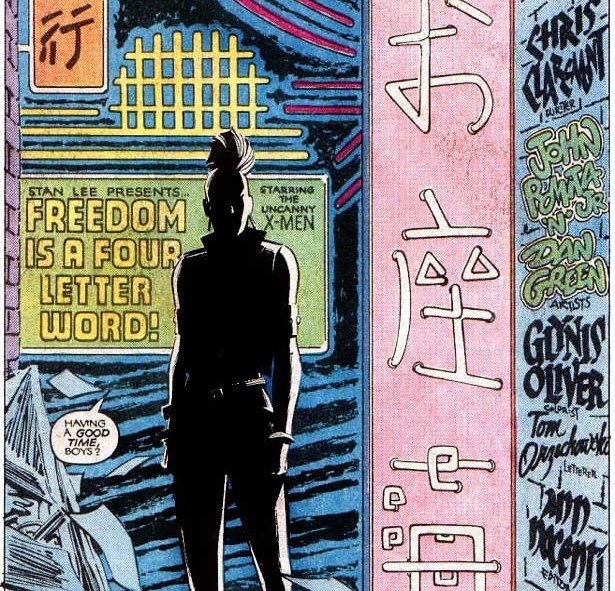According to former Marvel EIC Jim Shooter, where most Marel writers took a hands-off approach to recruiting artistic talent to work with them, Claremont instead actively participated in scouting artistic talent for UXM. #xmen 1/5 

Shooter observes that “Chris was very good at finding artists. I mean, other writers, they just let the editor find an artist. Chris is out bird-dogging artists all the time.” 2/5 

“He was actively looking for artists. I know one time in Chicago, Chicago Con, this guy comes over asked me if I’d look at his samples and I did. They were really great. I said, ‘This is really good.’ I said, ‘Listen, give me your information, I’m going to see what we can do’”3/5 

“So, he did. And as I’m walking away, I see Claremont. I said, ‘Chris, you should see this guy’s work.’ I said, ‘Dude, this guy’s good.’ And he says, ‘Really?’ And he runs over, and he looks, and he comes running back and says, ‘I want him on the X-Men.’” 4/5 

“I said, ‘Well, we’ll talk to Louise or Ann, or something…’ I said, ‘Yeah, if they’re okay with him, it’s fine with me. I think he’s good.’ [He was] Marc Silvestri.” 5/5 

You can find the full interview here. We quoted it in a different context last week as well, but there’s just so much in it; I’m probably not even finished with it yet on this page: comicbookhistorians.com/jim-shooter-bi…
• • •
Missing some Tweet in this thread? You can try to
force a refresh






















